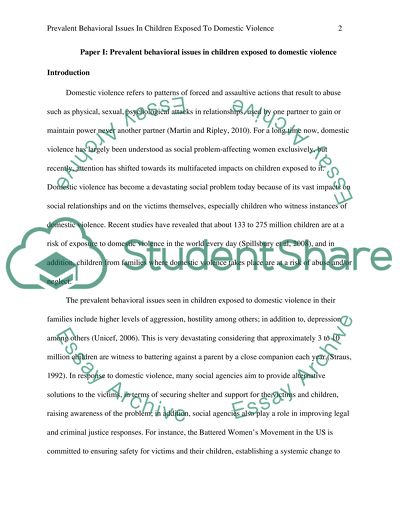Cite this document
(“Prevalent Behavioral Issues in Children Exposed to Domestic Violence Research Paper”, n.d.)
Prevalent Behavioral Issues in Children Exposed to Domestic Violence Research Paper. Retrieved from https://studentshare.org/psychology/1480414-what-are-the-most-prevalent-behavioral-issues-seen
Prevalent Behavioral Issues in Children Exposed to Domestic Violence Research Paper. Retrieved from https://studentshare.org/psychology/1480414-what-are-the-most-prevalent-behavioral-issues-seen
(Prevalent Behavioral Issues in Children Exposed to Domestic Violence Research Paper)
Prevalent Behavioral Issues in Children Exposed to Domestic Violence Research Paper. https://studentshare.org/psychology/1480414-what-are-the-most-prevalent-behavioral-issues-seen.
Prevalent Behavioral Issues in Children Exposed to Domestic Violence Research Paper. https://studentshare.org/psychology/1480414-what-are-the-most-prevalent-behavioral-issues-seen.
“Prevalent Behavioral Issues in Children Exposed to Domestic Violence Research Paper”, n.d. https://studentshare.org/psychology/1480414-what-are-the-most-prevalent-behavioral-issues-seen.


